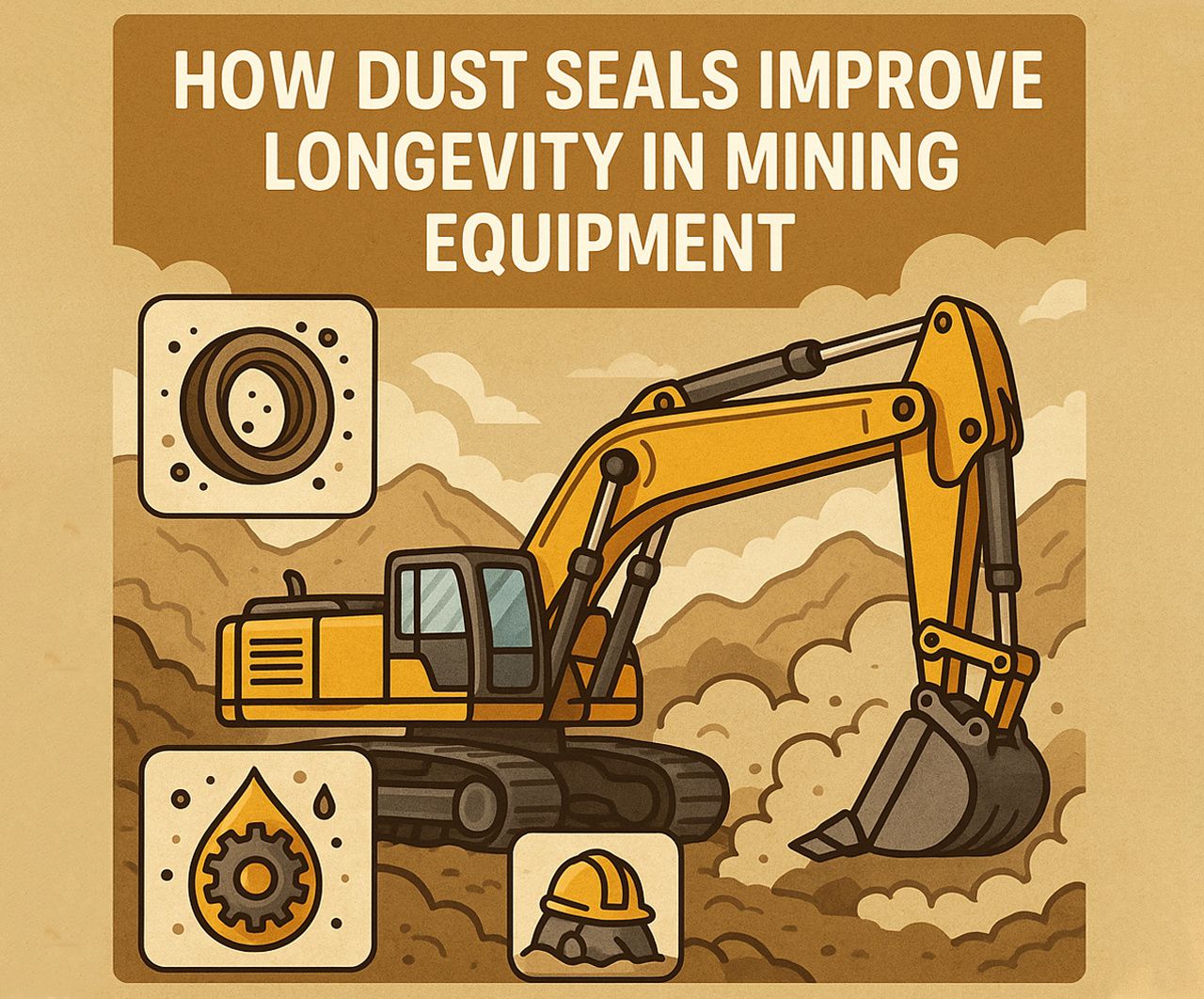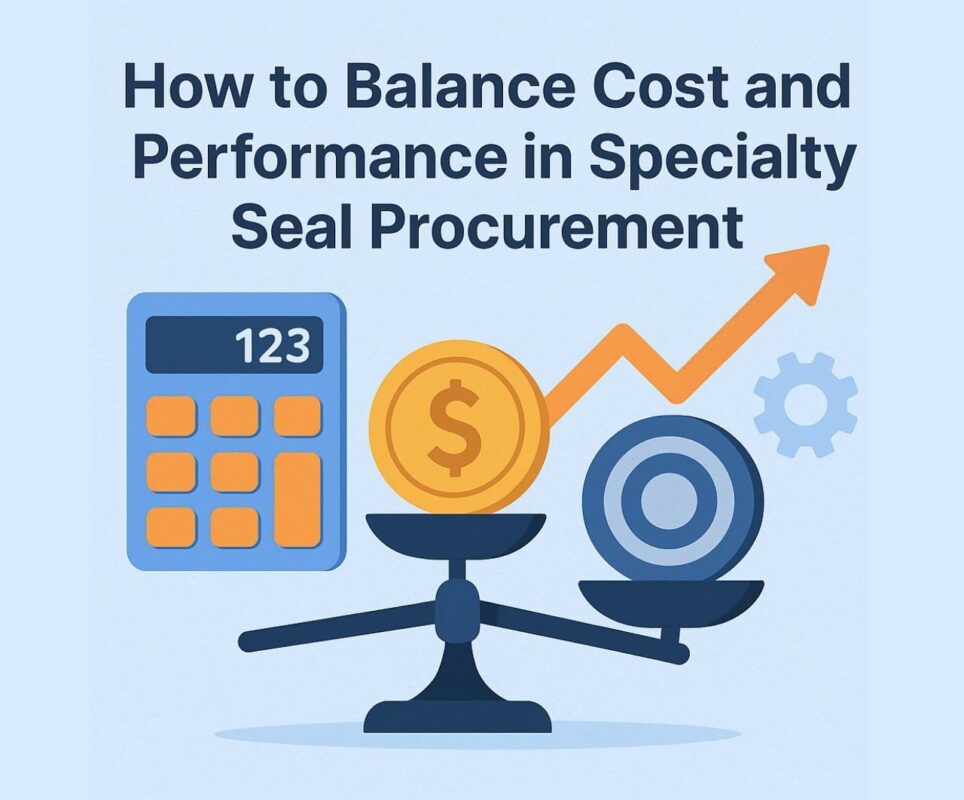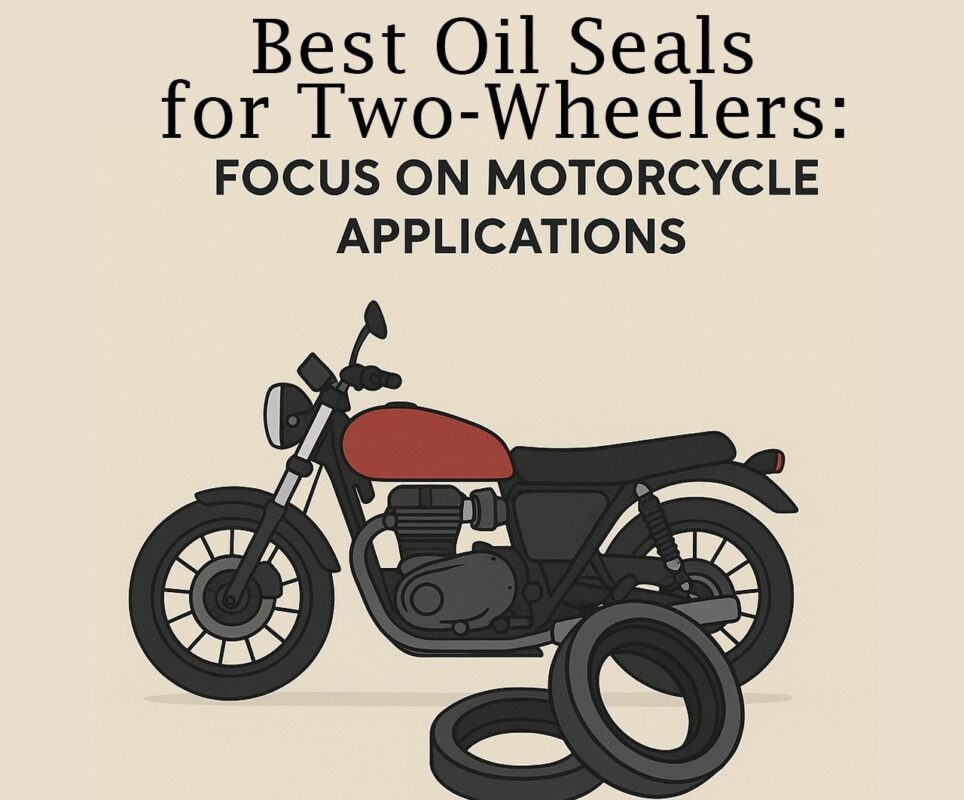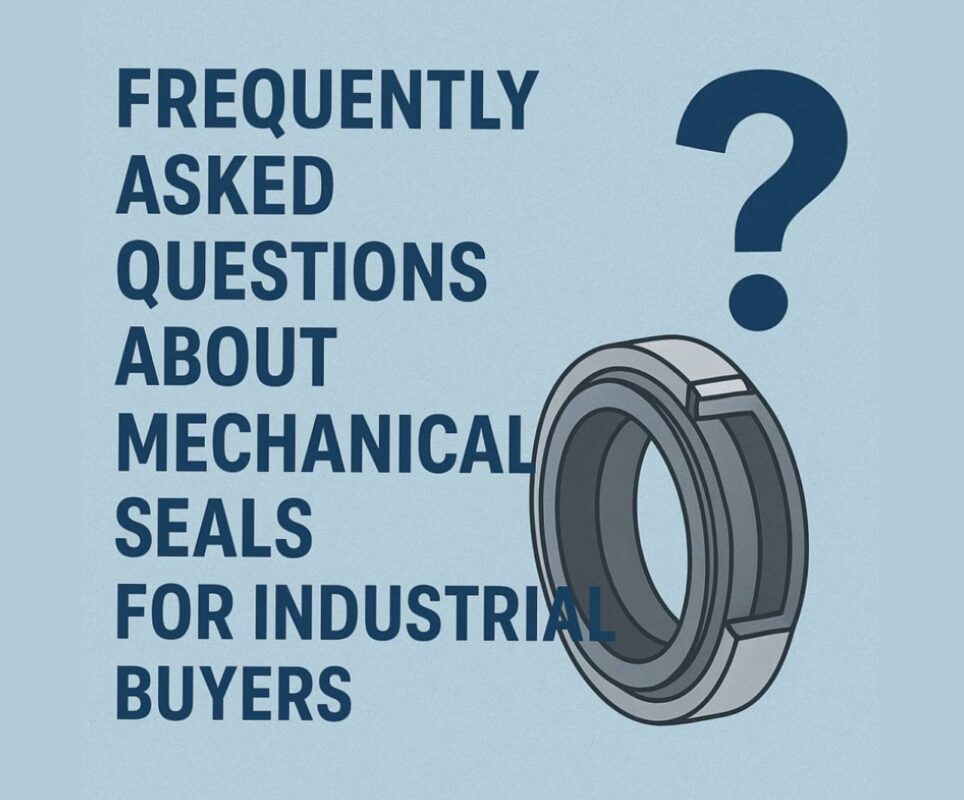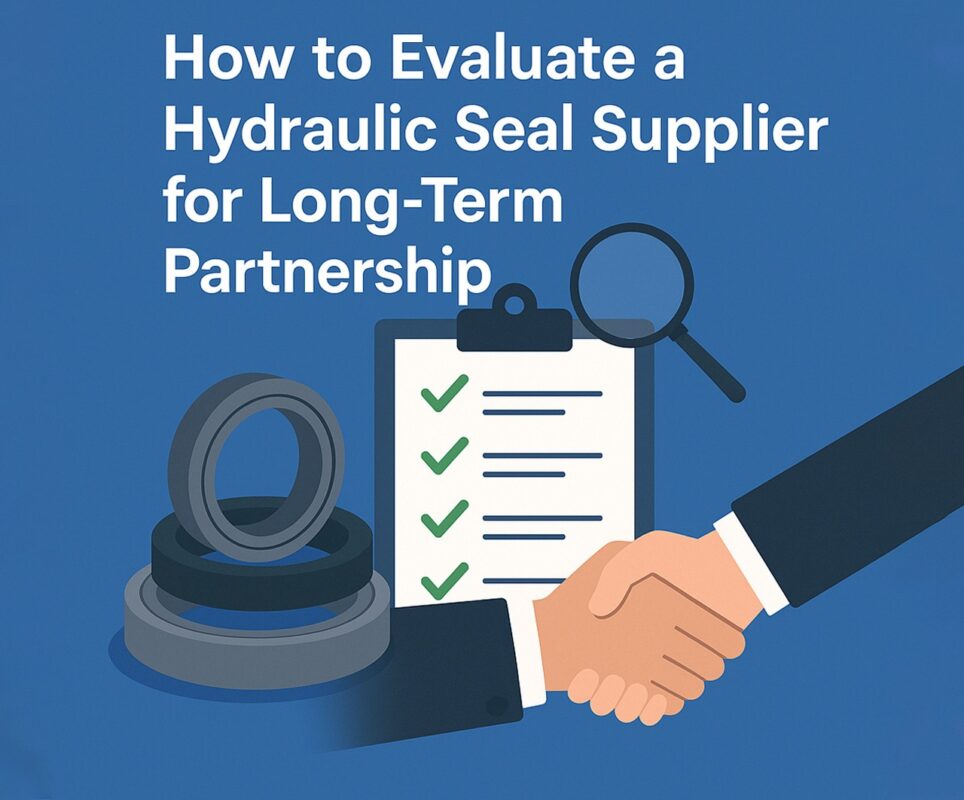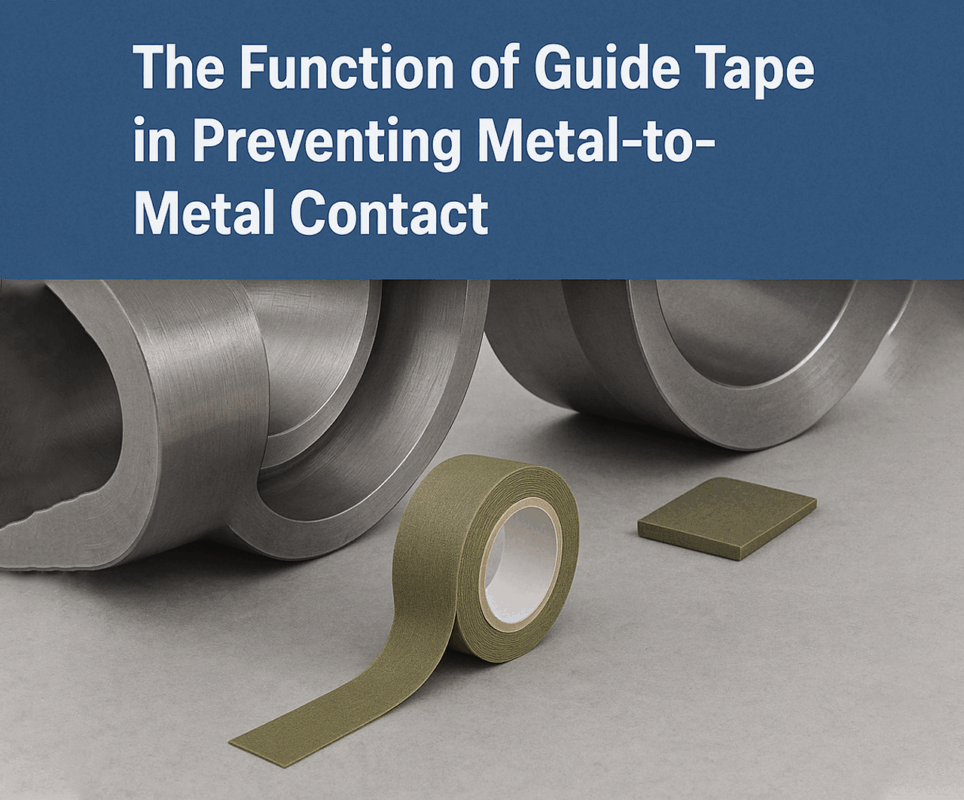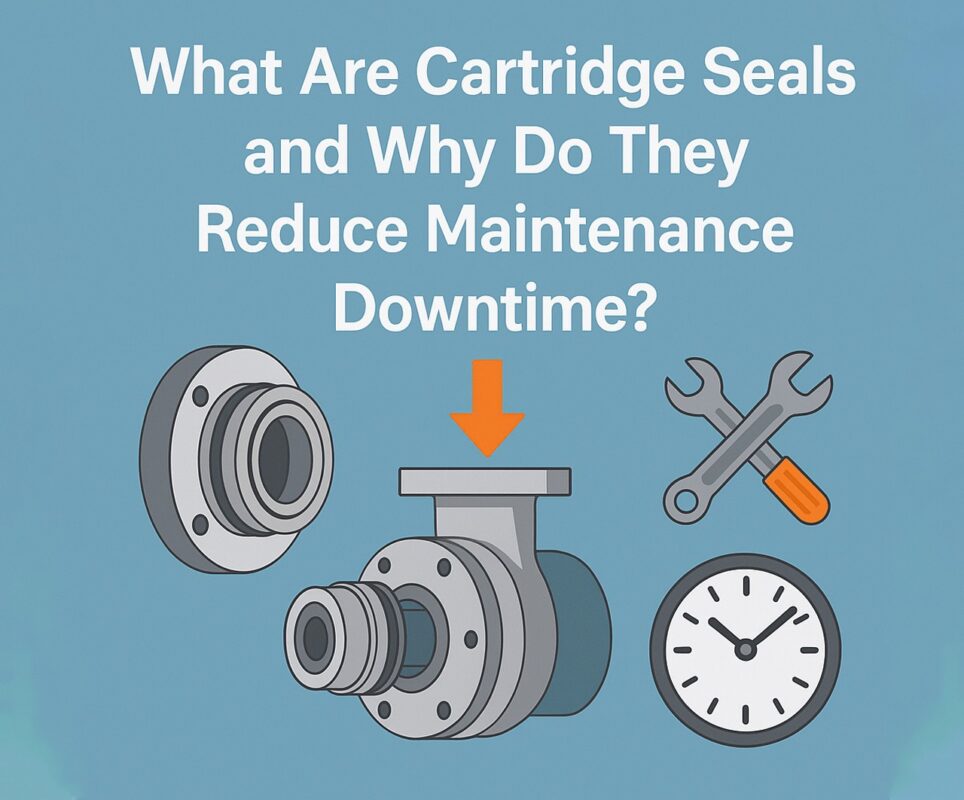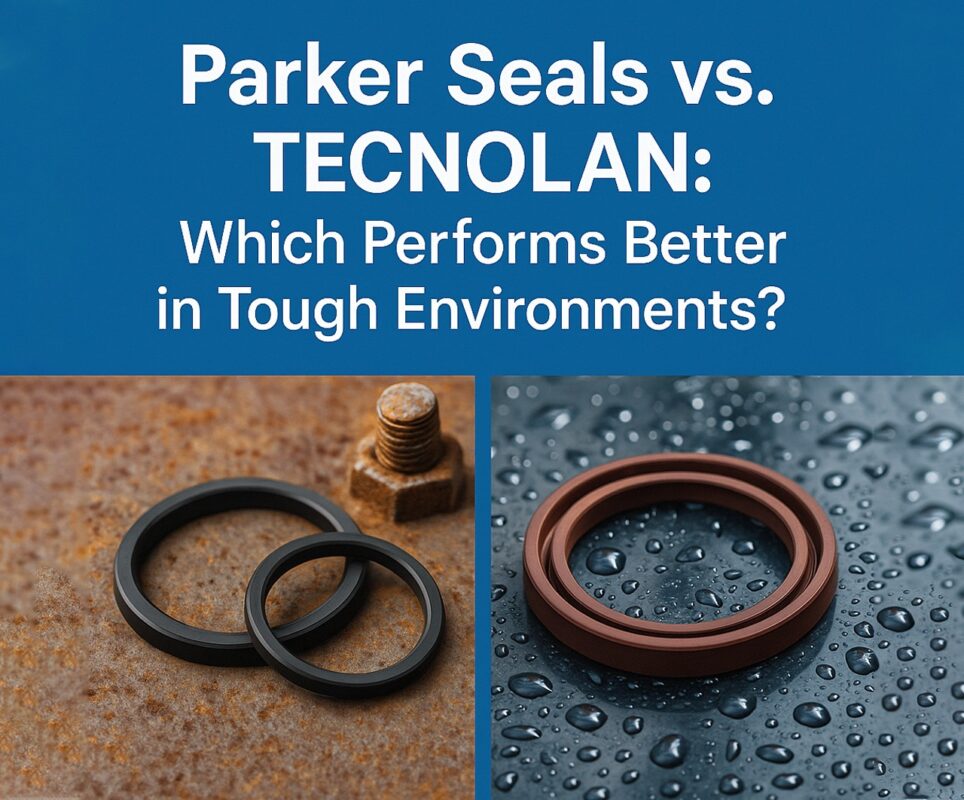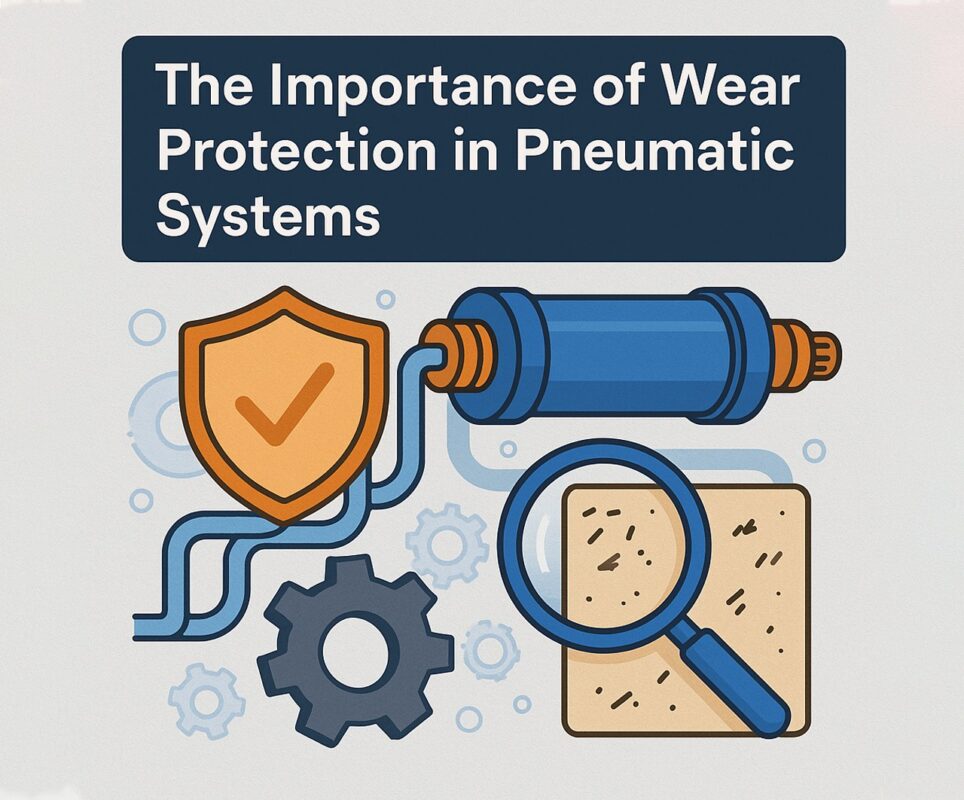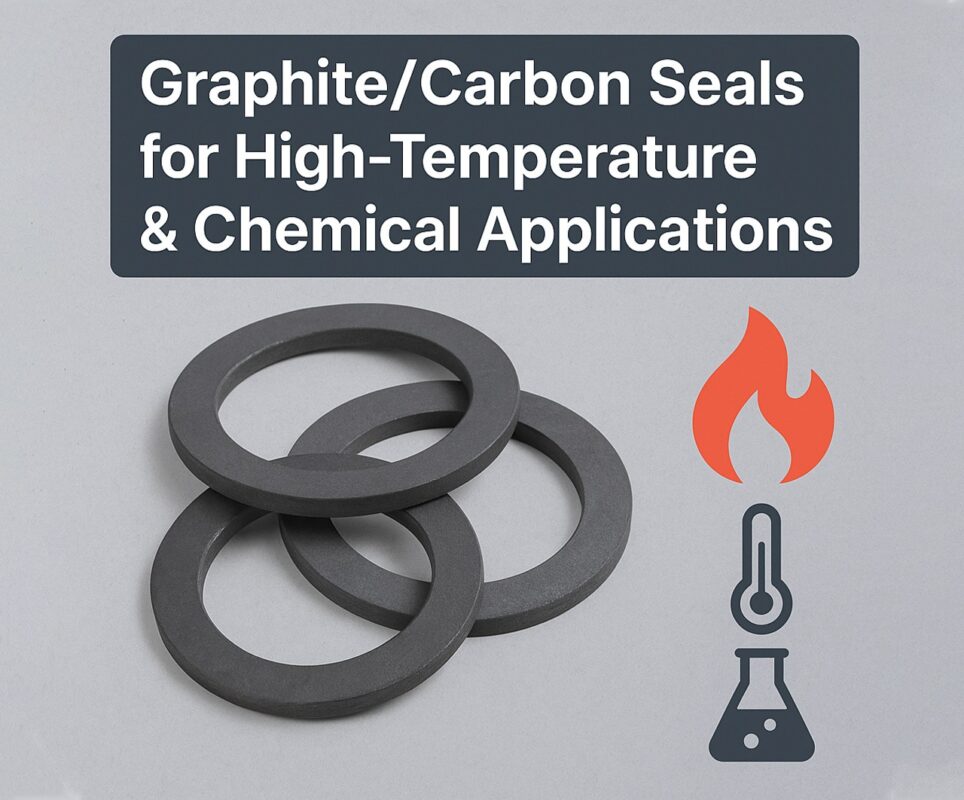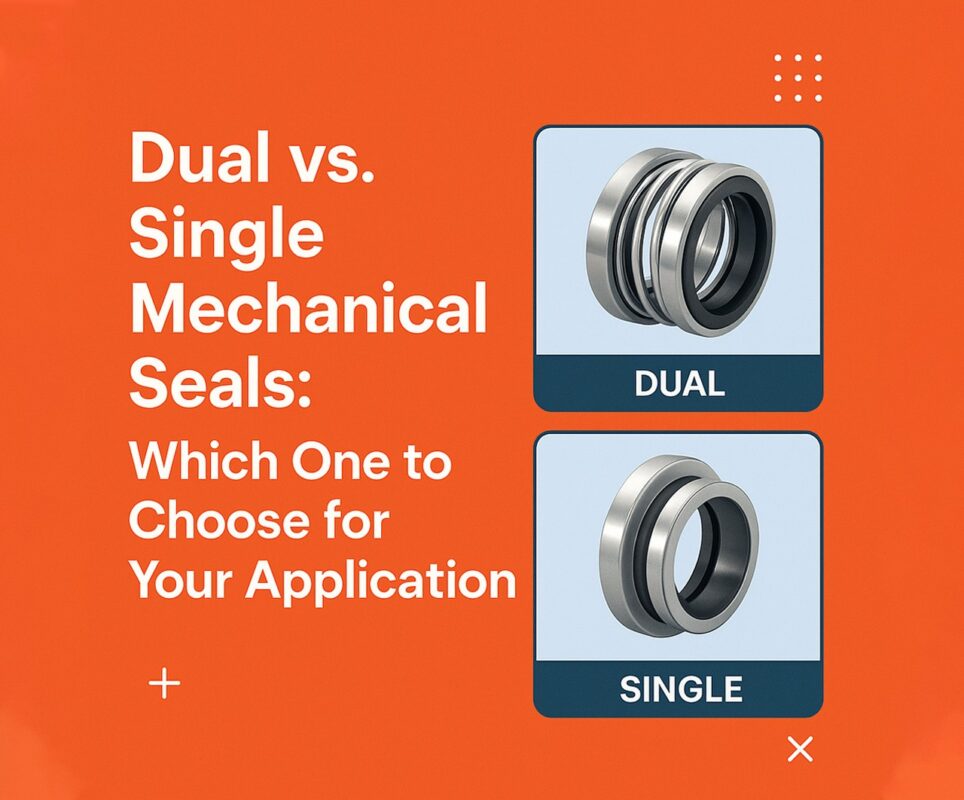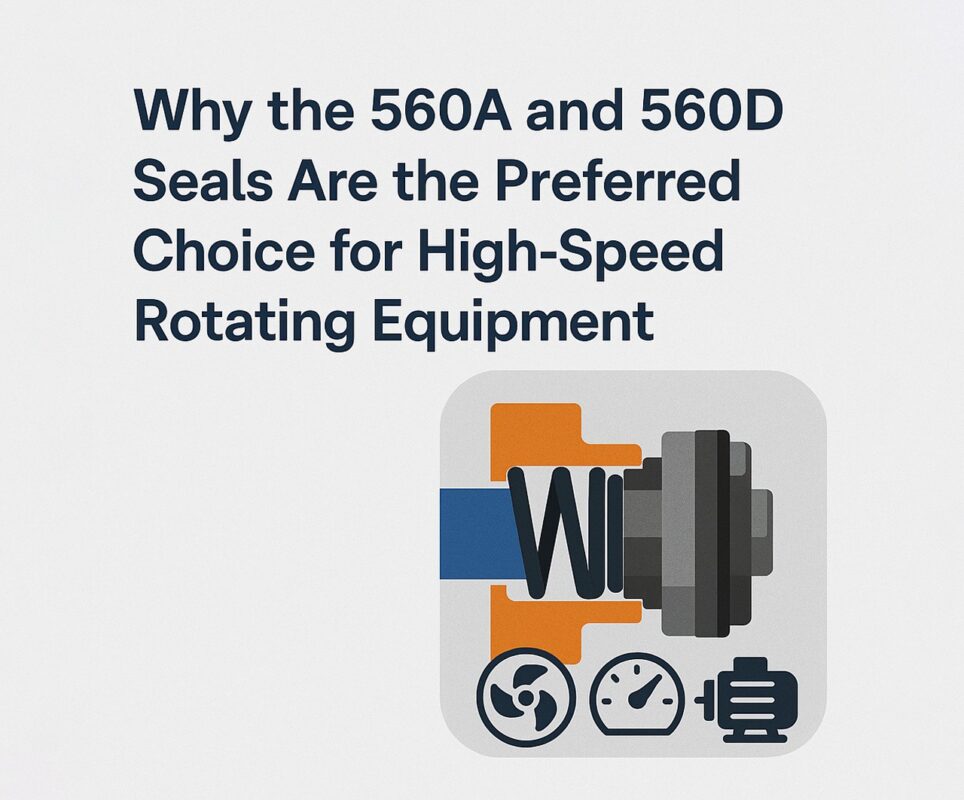In the gritty, high-wear world of mining, machinery faces some of the harshest working conditions of any industry. With nonstop exposure to abrasive materials, moisture, vibration, and extreme pressure, mining equipment endures intense wear and tear. That’s where the value of dust seals , seal industrial, and industrial mechanical seals becomes impossible to overlook. These components are essential to extending the life of equipment, reducing maintenance costs, and minimizing unplanned downtime in mining operations. Know more..
The Harsh Reality of Mining Environments
Mining equipment operates in an environment filled with airborne particles, mud, and abrasive slurry. Whether it’s drilling rigs, crushers, or conveyor belts, the equipment used in mining processes is constantly vulnerable to infiltration by dust and debris. Over time, this contamination can erode bearings, wear out joints, and compromise hydraulic systems. This is where seal dust barriers make a significant difference. These seals act as the first line of defense, preventing harmful particles from penetrating sensitive components.
What Are Dust Seals?
Seal dust components are specialized sealing elements designed to prevent the entry of dirt, grit, and contaminants into mechanical systems. While they are commonly used in automotive, aerospace, and agricultural machinery, their role in mining equipment is particularly critical. Unlike standard seals, which may only block liquids, dust seals are built to endure abrasive contact while maintaining tight tolerances.
Why Dust Seals Matter in Mining Equipment
1. Protection from Abrasive Wear
Mining environments generate massive amounts of abrasive dust, especially around crushers, mills, and loading equipment. Without proper seal industrial solutions, this dust can infiltrate housings and damage critical components like bearings, leading to early failure. Dust seals ensure that only clean, filtered air or lubricant reaches these internal systems.
2. Preserving Lubrication Systems
In mining operations, maintaining proper lubrication is vital for reducing friction and preventing overheating. When dust particles enter lubrication systems, they form a paste-like slurry that wears down internal surfaces. Industrial mechanical seals used alongside dust seals help maintain the purity of lubricants by keeping contaminants out.
3. Reducing Equipment Downtime
Unplanned equipment breakdowns can cost mining companies thousands of dollars per hour. When a bearing fails due to contamination, replacing it requires halting operations, transporting heavy components, and conducting lengthy repairs. Seal dust systems significantly reduce the risk of such failures, leading to more reliable operations and longer equipment life.
Types of Dust Seals Used in Mining
Lip Seals
Commonly used in rotating shafts, lip seals have a flexible edge that presses against the shaft surface to prevent dirt ingress. Their simple design and low cost make them ideal for multiple points in a machine.
Labyrinth Seals
These seals use a series of grooves and ridges to trap dust particles and prevent them from entering the internal machinery. Their non-contact design minimizes friction and wear.
Mechanical Face Seals (Heavy-Duty Seals)
Often referred to as lifetime seals, these are used in equipment like loaders, bulldozers, and mining trucks. A type of industrial mechanical seals, they consist of two metal rings that rotate against each other to create a tight seal.
V-Rings
Flexible and self-adjusting, V-rings are mounted on shafts and rotate with them to block contaminants. They are particularly useful in harsh mining conditions due to their resilience and flexibility.
The Role of Seal Materials in Durability
Dust seals for mining equipment must endure not just abrasive dust but also extreme temperatures and chemical exposure. The materials used in seal industrial applications play a crucial role in determining longevity.
- Nitrile Rubber (NBR): Ideal for general-purpose sealing with resistance to oil and grease.
- Fluoroelastomers (FKM/Viton): Offer excellent heat and chemical resistance, suitable for high-temperature mining environments.
- Polyurethane: Tough and tear-resistant, polyurethane seals handle impact and abrasion well.
- Silicone: Best for extremely high or low temperature ranges.
Integrating Industrial Mechanical Seals with Dust Seals
Industrial mechanical seals are used to contain fluids within rotating machinery and are a common feature in pumps and compressors. In mining, pairing these seals with dust protection creates a double-layered barrier:
- The dust seal keeps out particulates.
- The mechanical seal prevents fluid leaks.
Together, this combination ensures both cleanliness and containment, which is essential for the smooth functioning of pumps, drills, and hydraulic systems.
Case Studies: Dust Seal Applications in Mining
1. Hydraulic Shovels
In open-pit mining, hydraulic shovels endure continuous exposure to dust and moisture. OEMs have adopted enhanced seal dust technologies using multi-lip configurations and reinforced materials to withstand pressure and prevent ingress.
2. Conveyor Systems
Conveyor idlers and pulleys operate in dusty conditions 24/7. Upgraded seal industrial components, such as labyrinth and V-ring seals, have significantly reduced bearing failures.
3. Slurry Pumps
Slurry pumps handle a mix of water and abrasive solids. Integrating industrial mechanical seals with external dust seals improves sealing reliability and extends maintenance intervals.
Benefits of Upgrading to Advanced Seal Technology
- Lower Maintenance Costs: Better seals reduce the frequency and cost of repairs.
- Improved Safety: Less contamination means lower risks of mechanical failure, which enhances site safety.
- Longer Equipment Life: Reduced wear extends the useful life of expensive mining machinery.
- Environmental Protection: Seals reduce leakage of harmful substances into the environment.
- Energy Efficiency: Well-sealed systems run more efficiently and consume less power.
Future Trends in Seal Technology for Mining
As mining operations become more automated and data-driven, seal technology is evolving too:
- Smart Seals: Equipped with sensors to monitor wear, pressure, and temperature.
- Self-Lubricating Materials: Reduce the need for frequent lubrication.
- Hybrid Seal Designs: Combine materials and geometries for multi-functional sealing.
- Eco-Friendly Materials: Biodegradable seals for environmentally sensitive mining operations.
Best Practices for Selecting and Maintaining Dust Seals
- Assess Environmental Conditions: Match the seal material and design to temperature, pressure, and contaminant levels.
- Monitor Performance: Regular inspections can identify seal wear before failure.
- Ensure Proper Installation: Misaligned or over-tightened seals can lead to premature failure.
- Replace in Pairs: If a dust seal works with a mechanical seal, replacing both ensures balanced wear.
Conclusion
Mining equipment operates under some of the harshest conditions in any industry. Without effective sealing systems, machinery would be at constant risk of contamination, wear, and failure. The combination of seal dust, seal industrial, and industrial mechanical seals forms a critical defense that not only protects equipment but also improves efficiency, reduces costs, and extends operational lifespans.
By understanding the different types of dust seals, the role of materials, and integration with mechanical systems, mining operations can make informed decisions about seal upgrades. As technology advances, so do the options for smarter, more resilient sealing solutions—making it clear that in the mining sector, the humble dust seal is anything but trivial.

